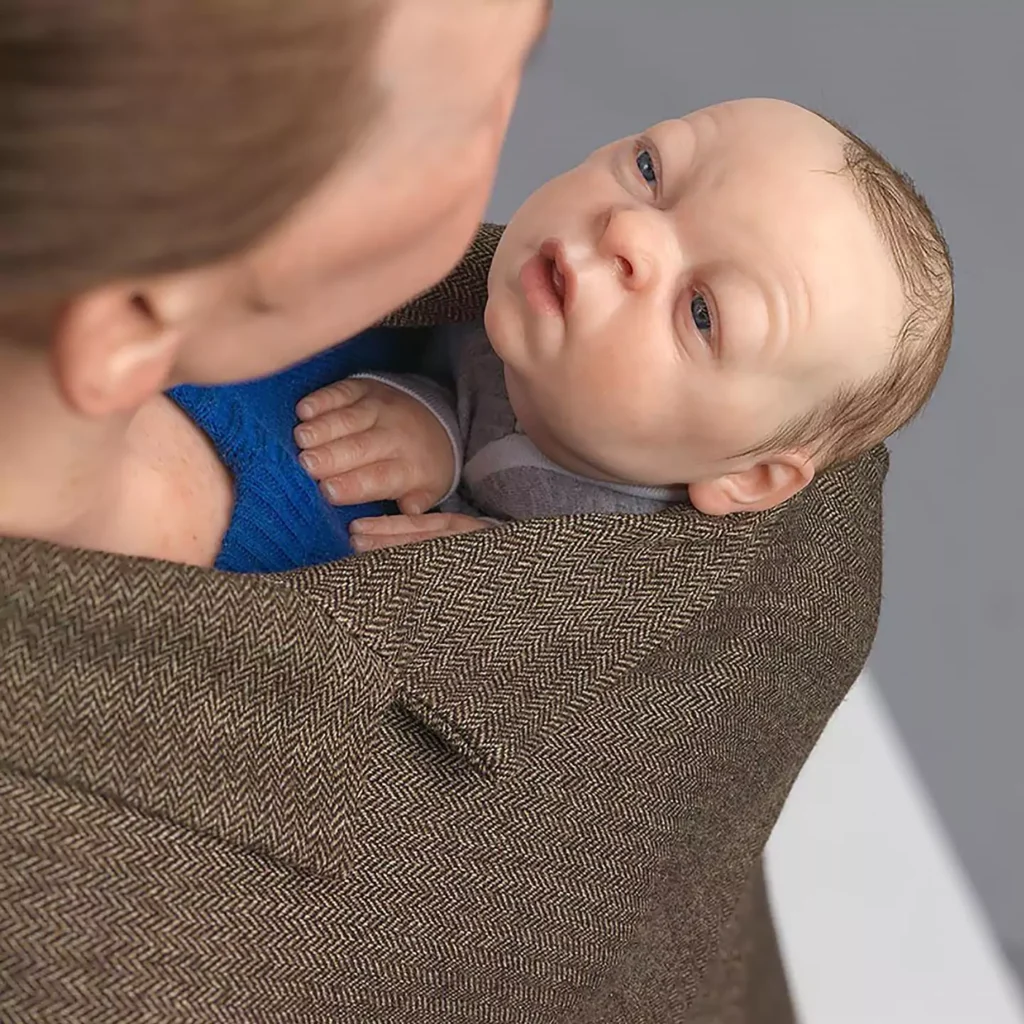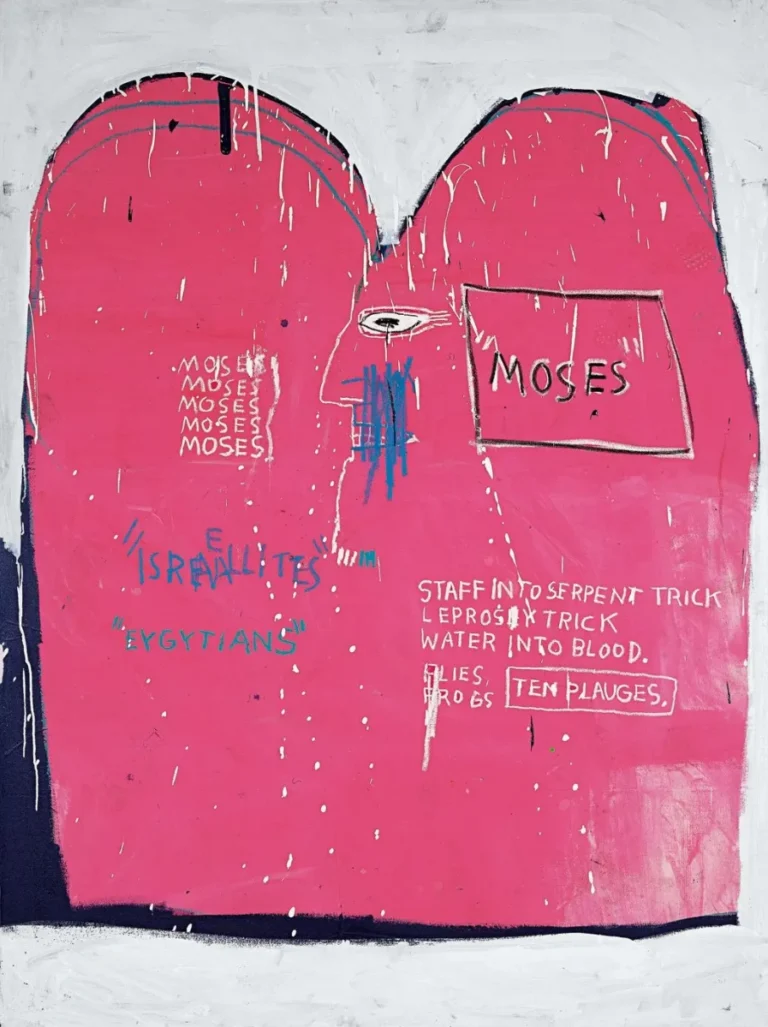Looking for a muse? Check no further. Discover the Best of Art, Culture, History & Beyond!

Sharper Than Reality: Hyperrealism and the Art of Seeing Too Much
Have You Ever Seen Too Much?
You know that feeling when something looks too real—so real it almost makes you uncomfortable? Like a wax figure that could blink at any moment or a painting so detailed that your brain does a double take? That’s Hyperrealism, an art movement that doesn’t just mimic reality but sharpens it, amplifies it, and turns it into something more than real.
At first glance, Hyperrealist paintings and sculptures might seem like impressive feats of technical skill—almost like a magician’s trick where you can’t figure out how they did it. But Hyperrealism isn’t just about flexing artistic muscles. It’s about how we see, how we process reality, and what happens when an artist gives us more detail than our eyes are used to handling.

From Photorealism to Hyperrealism: What’s the Difference?
Hyperrealism is often mistaken for Photorealism, and while they’re related, they’re not quite the same thing. Think of Photorealism as a direct copy of a photograph, down to the tiniest reflection or shadow. Hyperrealism, on the other hand, takes things a step further. It’s not just about reproducing an image but intensifying it—enhancing textures, sharpening edges, and sometimes adding surreal elements that make the scene feel heightened, almost dreamlike.
Photorealism was born in the late 1960s as a response to the rise of photography, with artists like Chuck Close and Richard Estes translating photos into paintings with painstaking accuracy. Hyperrealism, emerging in the early 2000s, pushed beyond that, influenced by digital photography’s ability to capture microscopic detail. Hyperrealists don’t just copy photos; they manipulate reality, revealing things you wouldn’t normally notice. A hyperrealist painting of a face, for example, doesn’t just show the skin—it exaggerates every pore, every glint of moisture, every imperfection, making the subject look hyperalive.
Seeing More Than the Eye Can See
One of the strangest things about Hyperrealism is that, paradoxically, it shows us more than we can actually see with our own eyes. Our vision is naturally selective—we focus on some things and blur out others. A Hyperrealist painting doesn’t allow that. Instead, it forces you to see everything at once, as if your eyes suddenly had superhuman precision.
Imagine staring at a bowl of fruit. Normally, you’d glance at it and register “apple, banana, orange.” A Hyperrealist painting of that same bowl makes you notice the way the light bounces off the waxy skin of the apple, the subtle wrinkles on the banana’s peel, the tiny imperfections in the orange’s surface. It’s like looking at reality under a microscope.
The Uncanny Side of Hyperrealism
There’s something eerie about art that looks too real. It taps into what psychologists call the “uncanny valley”—the unsettling zone where something is almost human, almost lifelike, but not quite. That’s why Hyperrealist portraits can feel so intense. The subject’s eyes seem to follow you. The skin looks like it might warm up if you touched it. There’s a slight sense of unease, like the painting is about to come to life.

Take Ron Mueck’s sculptures, for example. His figures are so detailed, from individual eyelashes to the veins under the skin, but their scale is distorted—they’re either much larger or much smaller than a real human. This shift in size makes them feel surreal, as if they belong to a different dimension.
Or look at the work of Dirk Dzimirsky, whose hyperrealist drawings of faces capture every droplet of water, every minute crease of skin, making his subjects look hyper-conscious, almost too present.
Hyperrealism in the Age of Digital Images
Hyperrealism was born in an era when digital photography had already overtaken traditional film, and today, it exists in a world saturated with high-definition images. Think about how much time you spend looking at super-detailed photos on Instagram, zooming in on pixels, scrutinizing filters that enhance textures and colors. Hyperrealism taps into that visual obsession—it’s art made for an age where we’re constantly looking at screens, constantly craving sharper and sharper images.
In a way, Hyperrealism reflects the way we experience the modern world: through high-definition screens, slow-motion replays, and enhanced details that sometimes feel more vivid than real life. Artists like Roberto Bernardi, who paints impossibly shiny glass surfaces and reflections, or Gottfried Helnwein, whose hyperrealist portraits carry a psychological intensity, show how Hyperrealism isn’t just about technique—it’s about perception.
Why Hyperrealism Matters
So why does Hyperrealism exist? If we already have photography, why do artists spend hundreds of hours creating something that could have been captured in a fraction of a second?
Because Hyperrealism does something a camera can’t. It forces you to really look.
We live in a world of visual overload, where we swipe past hundreds of images daily without truly registering them. Hyperrealist art stops you in your tracks. It makes you engage with the details, with the textures, with the nuances that you might otherwise ignore. In a way, it’s an antidote to the visual numbness of the digital age.
At the same time, it challenges our understanding of reality. When a painting looks exactly like a photo—or even more real than a photo—it makes us question what we consider “real” in the first place. It’s a reminder that perception is subjective, that seeing isn’t always believing, and that reality is often stranger than we think.
The Art of Seeing Too Much
Hyperrealism is both mesmerizing and unsettling, a visual experience that pulls you in and won’t let go. It reminds us that seeing is an active process, that reality is more layered than we often assume, and that sometimes, art can make us see the world more clearly than our own eyes can.
So next time you stand in front of a hyperrealist painting or sculpture, take a moment. Look closer. See more. Let yourself get lost in the details. Because sometimes, seeing too much is exactly what we ne

This article is published on ArtAddict Galleria, where we explore the intersections of art, history, and culture. Stay tuned for more insights and discoveries!



